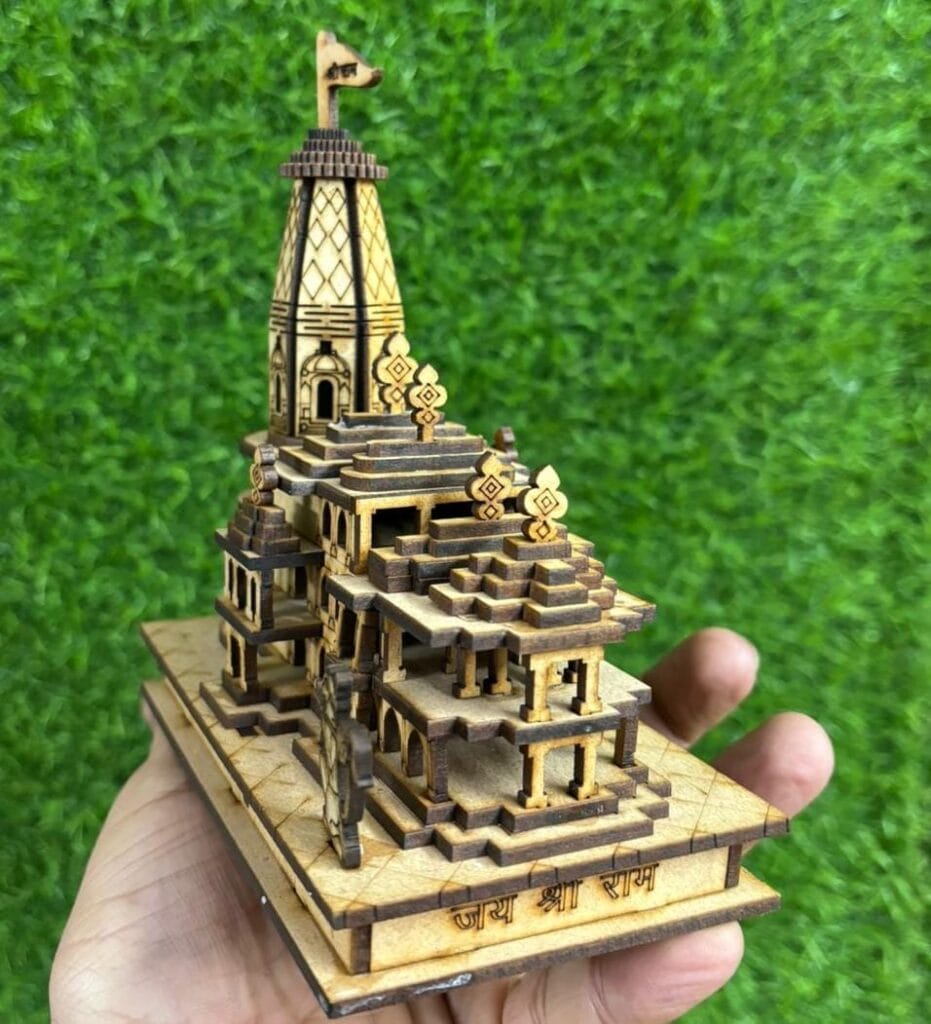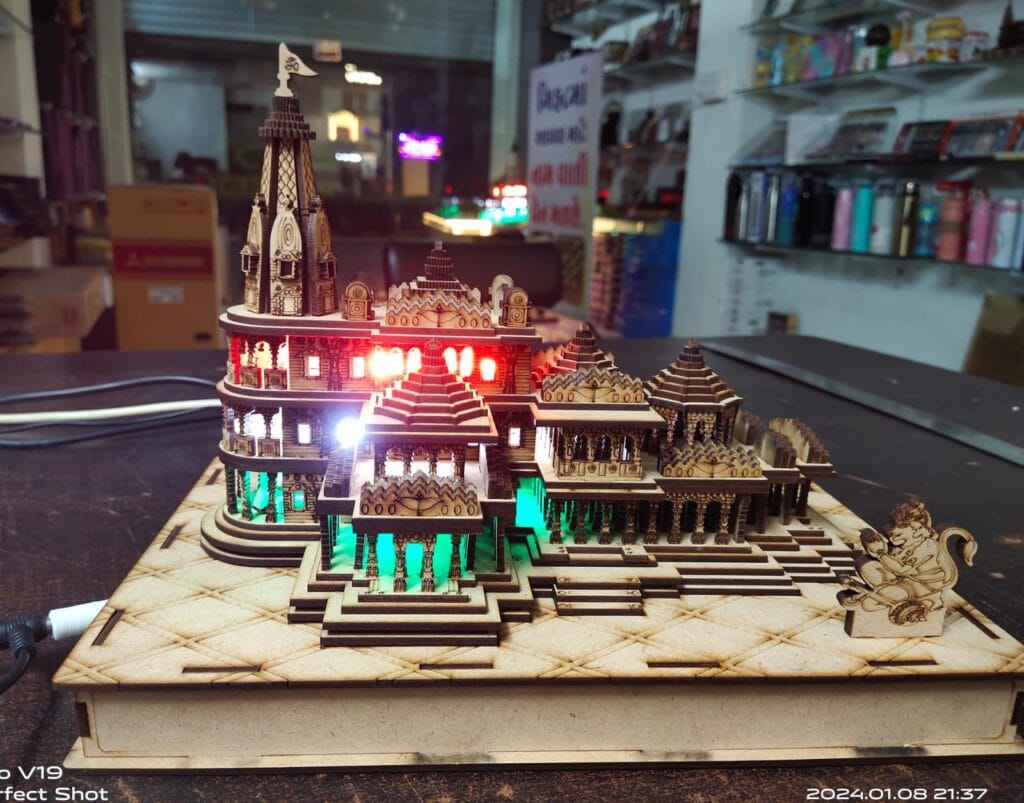A Hindu temple called Ram Mandir is being constructed at the location of Ram Janmabhoomi in Ayodhya. It is thought to be the birthplace of Lord Shri Ram, the Hindu religion’s incarnation of Lord Vishnu. The temple is being built under the supervision of Shri Ram Janmabhoomi Teerth Kshetra. The construction of the temple commenced on August 5, 2020, when Indian Prime Minister Narendra Modi performed the Bhoomi Pujan ritual.
The long-running and highly controversial Ram Janmabhoomi-Babri Masjid dispute in Ayodhya, India, spans several decades. Political, cultural, and religious factors have played a significant role in the history of the Ram Mandir controversy.
History
Considered to be a manifestation of Hari Vishnu, Rama is a highly revered Hindu monarch. Rama was born in Ayodhya, so the ancient Indian epic Ramayana says. It is referred to as Ram Janmabhoomi, or Ram’s birthplace. On the Ram Janmabhoomi, the Mughals constructed the Babri Masjid, a mosque, in the fifteenth century. Hindus hold that a Hindu temple was demolished before the mosque was constructed. Only in the 1850s did the argument get violent.
It was only before the Lucknow bench of the Allahabad High Court ordered its cessation. Vishwa Hindu Parishad announced they would lay the foundation stone of the temple on the disputed area. Next, cash and bricks bearing the name “Shri Ram” were gathered by the VHP. Subsequently, the Rajiv Gandhi ministry allowed the VHP to lay the foundation stone, with the permission of Ashok Singhal, the VHP leader at the time, and Buta Singh, the then-home minister.
At first, the governments had decided to hold the ceremony to lay the foundation stone outside of the area under dispute. On the disputed land, however, a group of sadhus and VHP leaders dug a 7 cubic foot pit to lay the foundation stone on November 9, 1989. Here, Singhdwar was founded.Kameshwar Chaupal (a Dalit leader from Bihar) was the first one to lay the stone.
When the Babri Masjid was demolished in December 1992, the dispute turned violent. There were also a number of title and legal disputes, ranging from the acquisition of specific areas to the passing of the Ayodhya Ordinance, 1993. In the 2019 Ayodhya case, the Supreme Court decided to transfer the disputed land to a government-established trust. A trust known as Shri Ram Janmabhoomi Teerthkshetra was established. The construction plan for the temple was approved by the second Modi ministry, which was declared in Parliament on February 5, 2020.
Architecture
The Sompura family of Ahmedabad created the initial design for the Ram temple back in 1988. For at least fifteen generations, Sompur has been incorporated into the architectural plans of more than one hundred temples worldwide. 2020 saw the preparation of a new Ram temple design by the people of Sompur, albeit with some modifications from the original plan. The dimensions of the temple are 161 feet high, 360 feet long, and 235 feet wide. The temple’s principal architect, Chandrakant Sompura, is the father of two sons who are also architects: Nikhil and Ashish. The Ram temple was constructed by the Sompura family in accordance with the Indian temple architecture known as the “Nagra” style.
The temple complex will feature a prayer hall, museums, a cafeteria, a Ramkatha Kunj (lecture hall), a Vedic Pathshala (educational facility), a Sant Nivas (resident of the saints), and a Yati Nivas (hostel for visitors). The temple complex will rank third in size among Hindu temples worldwide once it is finished. During the 2019 Prayag Kumbh Mela, a model of the proposed temple was on show.
Building of Ram Mandir:
Bhoomi Pujan
The Ram Mandir’s foundation stone was laid during a lavish ceremony on August 5, 2020. Numerous religious and political figures attended the Bhoomi Pujan ceremony.
Building(ongoing)
The Ram Mandir’s construction has officially started, and it will likely take several phases to finish.
Future Expectations: Finalization and Launch
When the construction is finished, there will likely be a lavish inauguration ceremony held in honour of the Ram Mandir.
Political and Social Consequences:
The completion of the Ram Mandir is significant for India’s socio-political environment in addition to its religious significance.
Attempts at reconciliation:
The ongoing endeavours to promote communal harmony and reconciliation recognize the historical tensions pertaining to the Ayodhya dispute.
Impact of Tourism on Culture:
It is anticipated that the Ram Mandir’s completion will increase Ayodhya’s tourism as well as support the cultural and economic growth of the area.
To mark this golden opportunity we have designed some ram mandir miniatures. You can check out @https://trendcustomized.com/miniatures/


